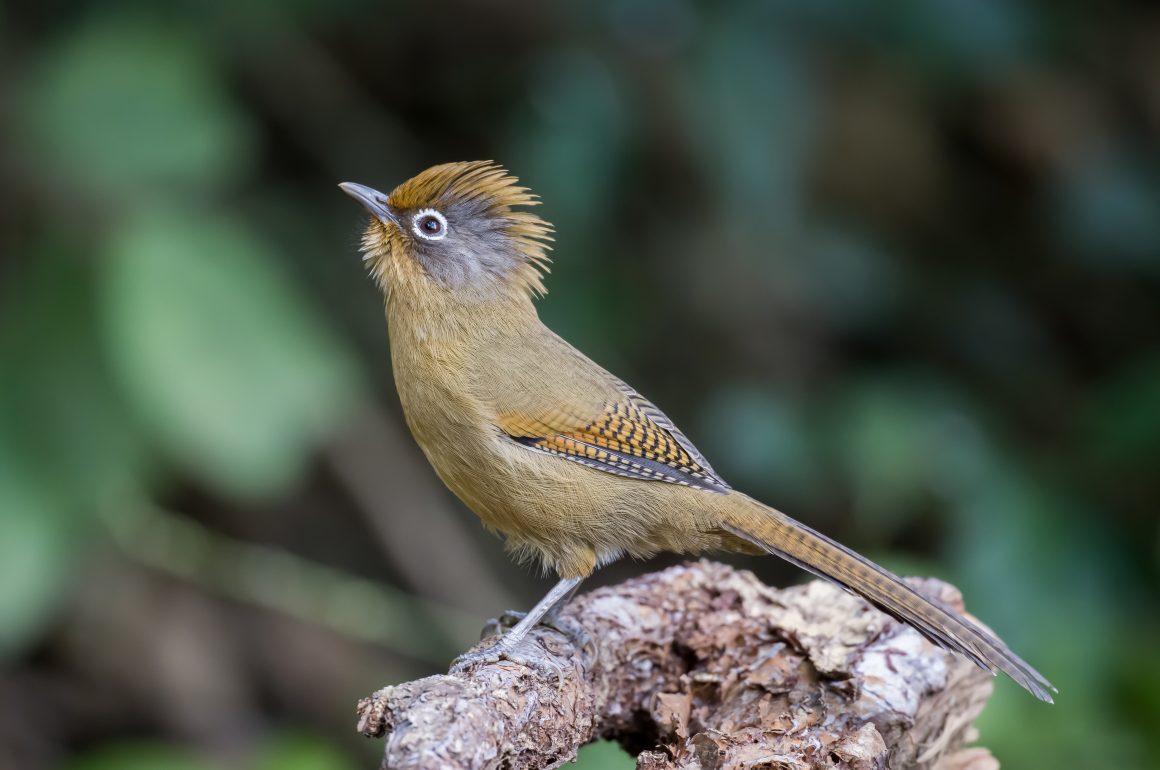
On the third day in Napo, the local driving me to a bird hide was coughing a lot. And I was the only guest in an otherwise deserted hotel (shutdown due to lack of staff, with everybody having caught covid). Still, I was healthy.
Healthy enough to enjoy the sight of some Blue-winged Minlas, both in a bird hide and in a local park.
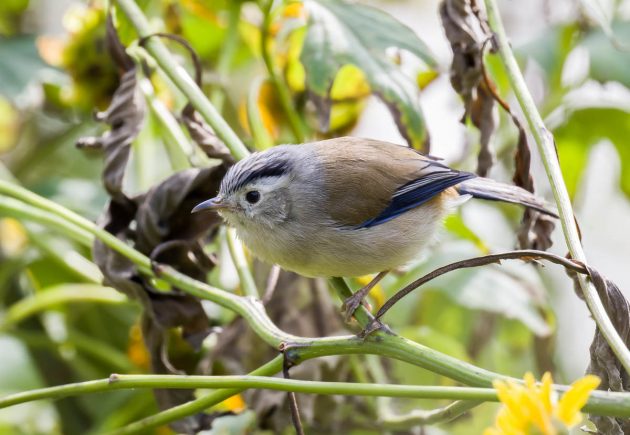
Birds not used to having their photos taken often do not understand the concept of looking into the camera.
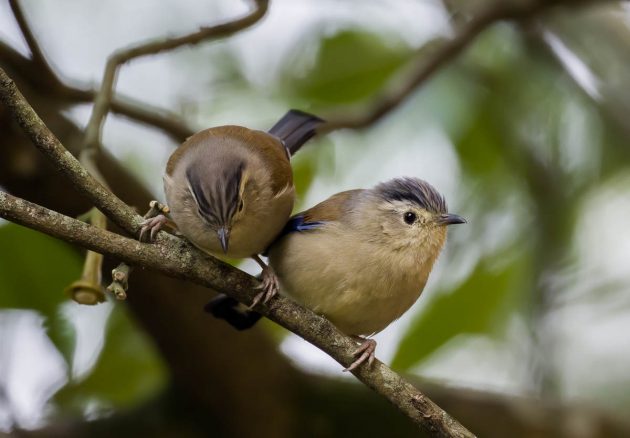
Good hygiene is important to avoid catching covid, particularly when not wearing masks.
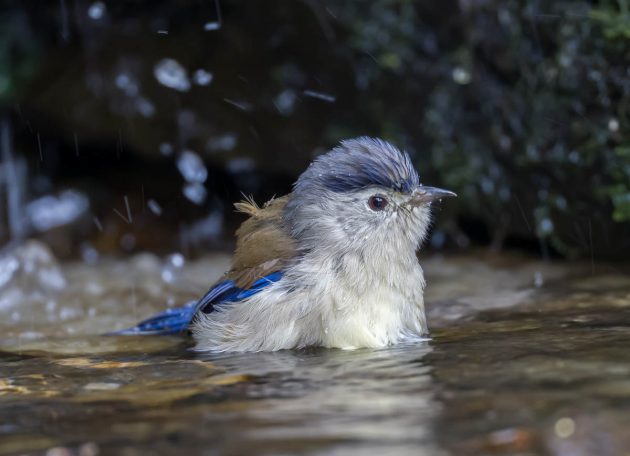
The species name is cyanouroptera, meaning dark blue tailed and -winged. I asked this bird to pose in a way that highlights these characteristics.
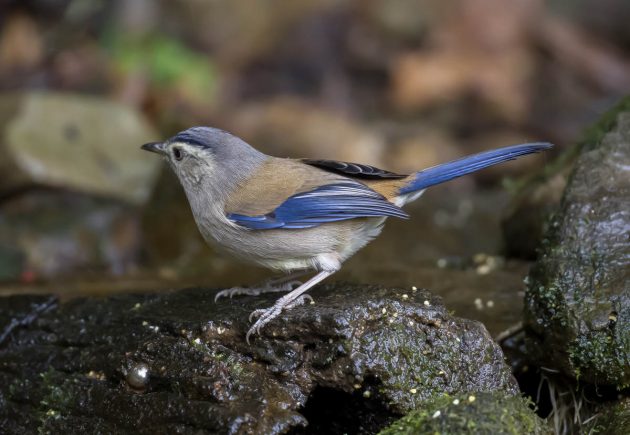
The Chestnut-bellied Rock Thrush is a real beauty – whether you like color (the male) or elegant understatement (the female, shown here). To quote eBird: “Male is dark blue above and orange below, with a dark face. Female looks completely different: gray-brown with boldly scaled underparts and a whitish crescent behind the ear”.
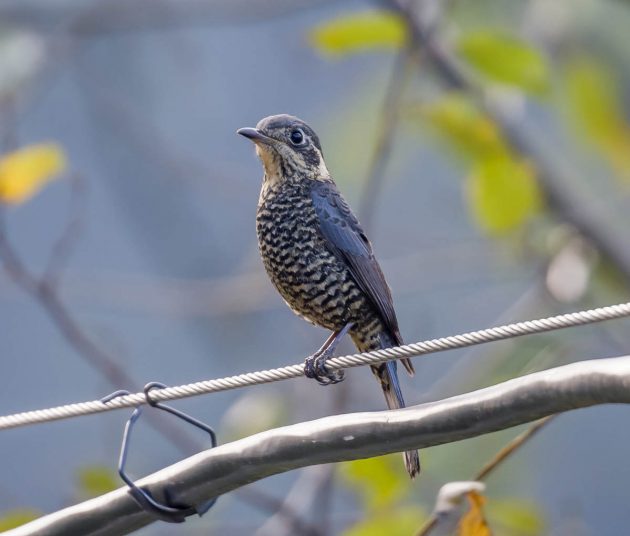
Idea for a T-Shirt for birdwatchers: “I went to Napo for birding, but all I got was this lousy Plain Prinia“.
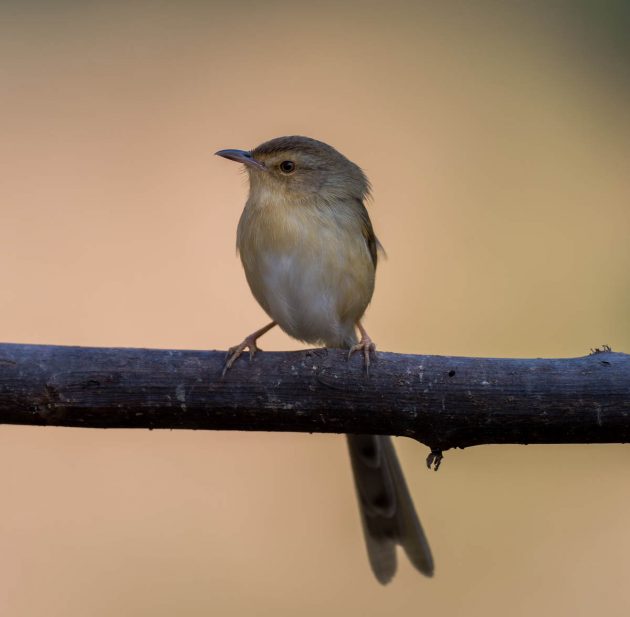
Not surprisingly, I had to drive to some hills to see a Hill Prinia. It is an impressive bird (for a prinia – these birds are not usually very flashy) – eBird calls the species a “large, fierce-eyed prinia with a long, oft-cocked tail”.
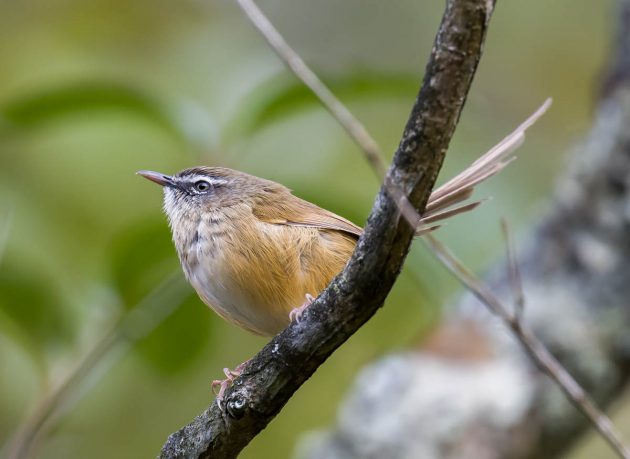
There even is a separate document just on the vocalization of the Hill Prinia, if you are interested (frankly, I am not).
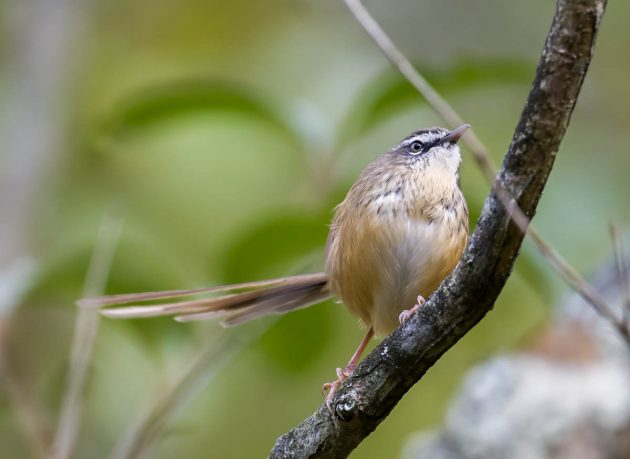
Alternatively, you can read a pathology report examining the death of a Hill Prinia. Your choice. Or if you prefer cuteness, look up this page for a cartoonish portrait of the bird.
Cuteness is also the main selling point of the Indochinese Yuhina.
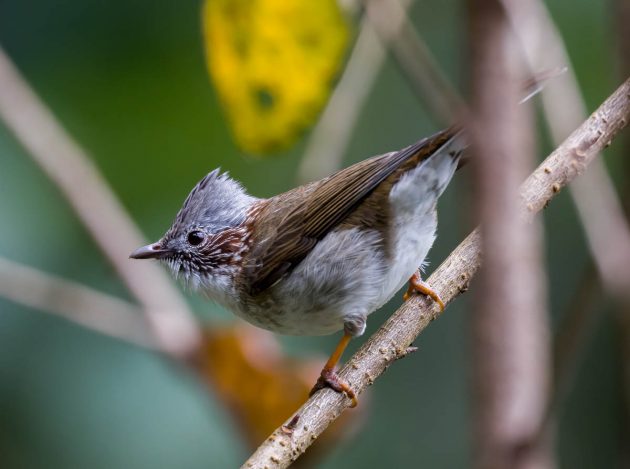
It might even very occasionally show up in Shanghai, though I have not seen it there yet.
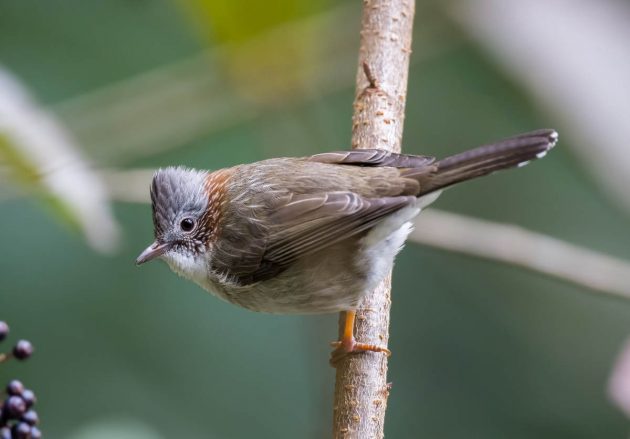
If you happen to be an Oriental Magpie-Robin with a choice using a nest box or a tree cavity, what should you choose? A paper suggests it does not really matter much. Tell your magpie-robin friends as well, please.
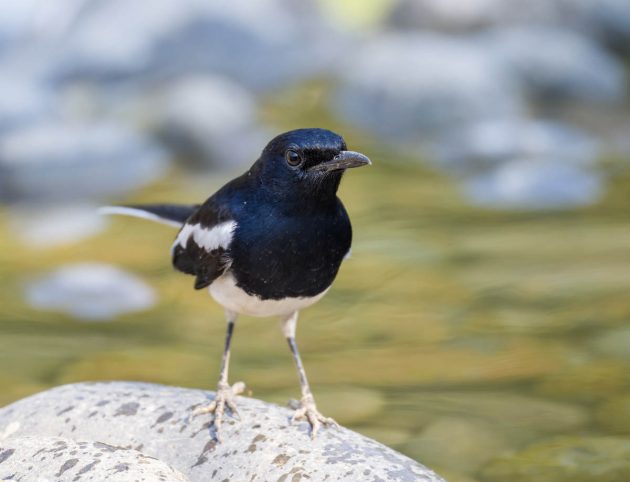
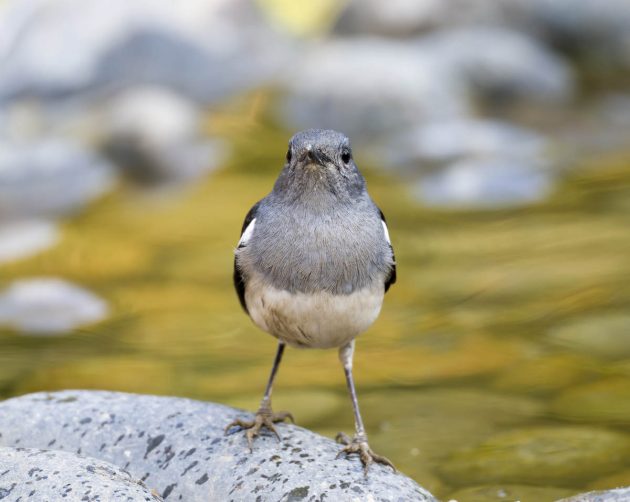
If I shared my wife’s taste in how bird photos should look (and her artistic aspirations), all my photos would look like this one of a female Plumbeous Water Redstart.
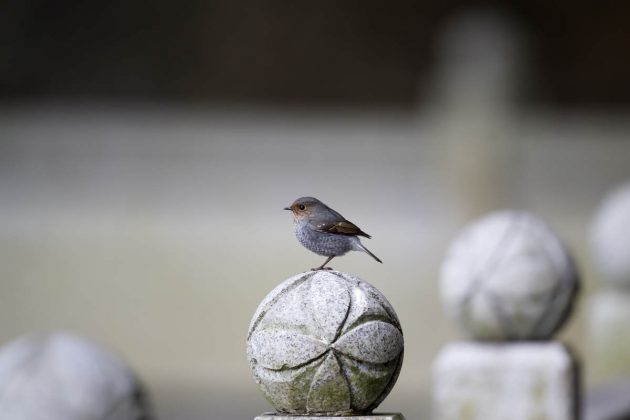
Instead, they tend to look like this one.
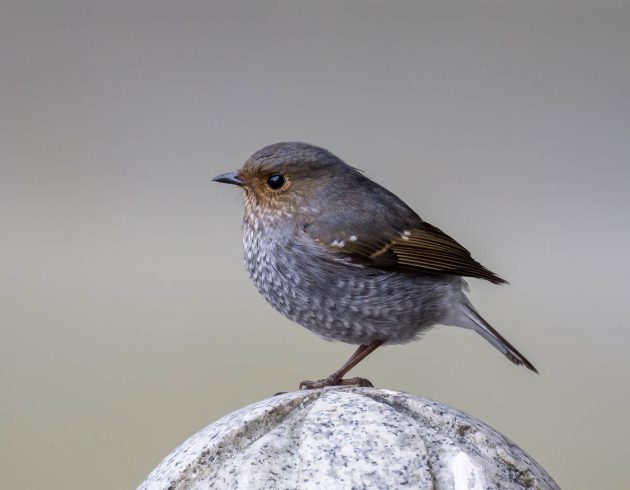
Red-flanked Bluetails are actually quite common in Shanghai in winter, but seeing a proper male is not that easy. Maybe the males all go to Guangxi in winter.
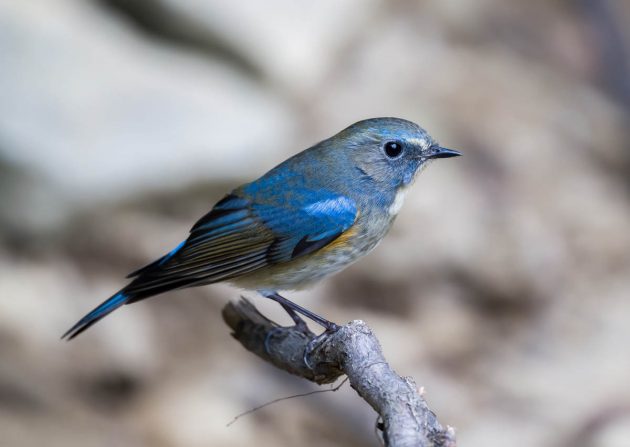
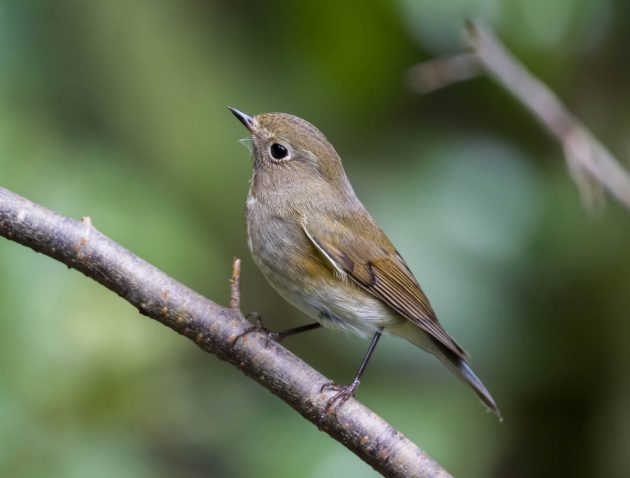
Originally, the gorget was a piece of armor that protected the throat or gorge. This meaning then was widened to extend to a piece of clothing that covered the throat. Another meaning is the patch of color on the throat of a bird – in particular, this applies to hummingbirds but also to the Rufous-gorgeted Flycatcher.
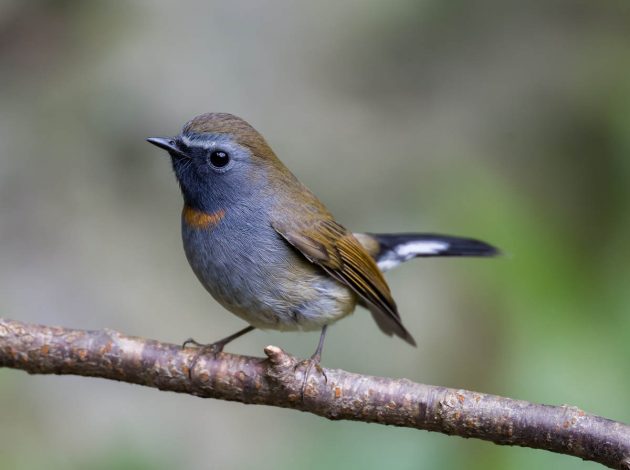
Of course, me writing about the meaning of “gorgeted” rather than providing bird-specific information indicates a lack of papers on the species.
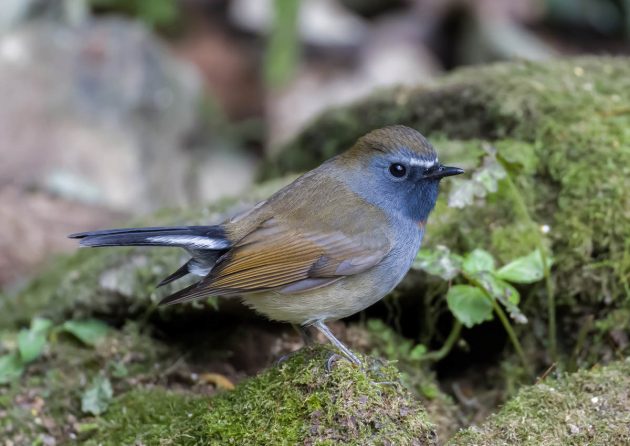
A pity, or an opportunity for future ornithologists.
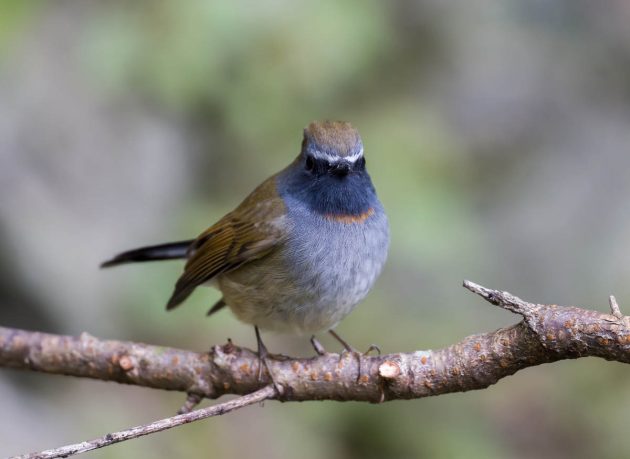
Fulvettas are kind of the LBJs of some parts of Southern China – even though they look more interesting, such as this Rusty-capped Fulvetta. In some areas, several fulvettas coexist – this paper describes a place in Yunnan with 7 such species including the rusty-capped variety. Skimming this paper made me add another species to my wish list, the Golden-breasted Fulvetta, hopefully to be featured in a future post.
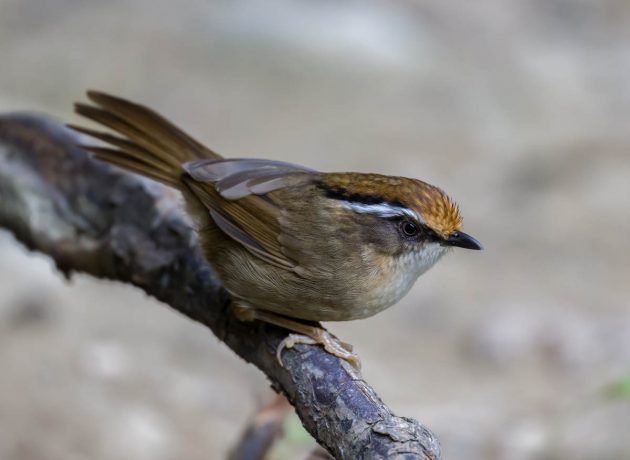
Along with the Grey-bellied Tesia featured in a previous post, the Spectacled Barwing is one of the two signature species of Napo, Guangxi.
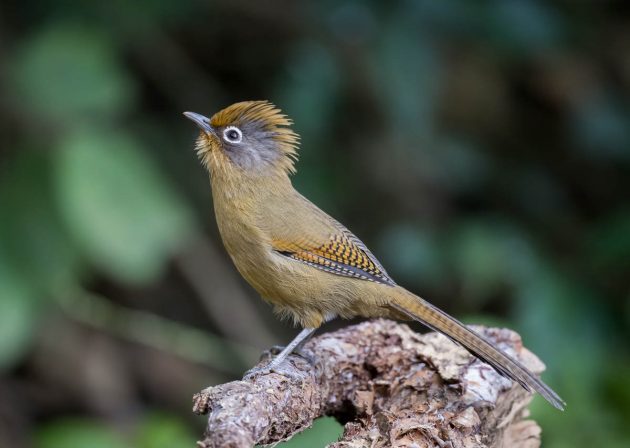
Apparently, BirdLife International splits the species into two species, the creatively named Eastern Spectacled Barwing and Western Spectacled Barwing. Presumably, the birds in Guangxi should be of the Eastern persuasion.
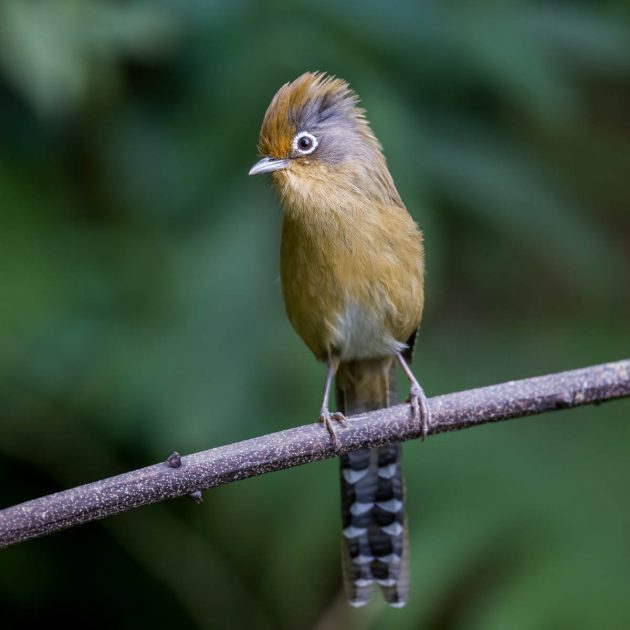
The species name ramsayi is presumably derived from Robert George Wardlaw-Ramsay (the length of this name being comparable to the tail length of the bird). Apparently, he used his various army postings in Afghanistan, Burma and on the Andaman Islands to study local birds whenever his busy schedule governing or fighting the locals allowed it.
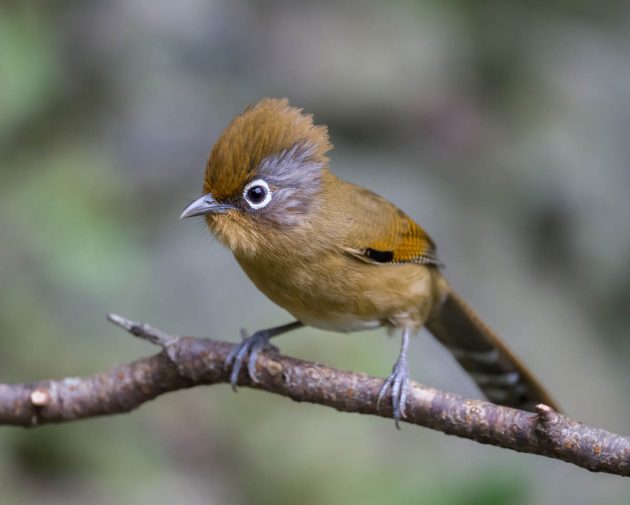
The spectacles of the species are important to distinguish it from the Streaked Barwing which has no distinct eyering. In fact, Spectacled Barwings wearing contact lenses are easily mistaken for this other species.
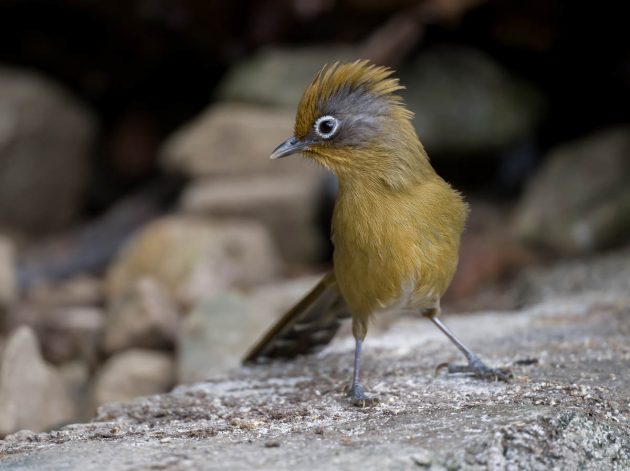
If you are thinking of studying ornithology because you – like me – enjoy the beauty of birds such as this Streak-breasted Scimitar-Babbler, take a look at the titles of three relatively recent papers on the species:
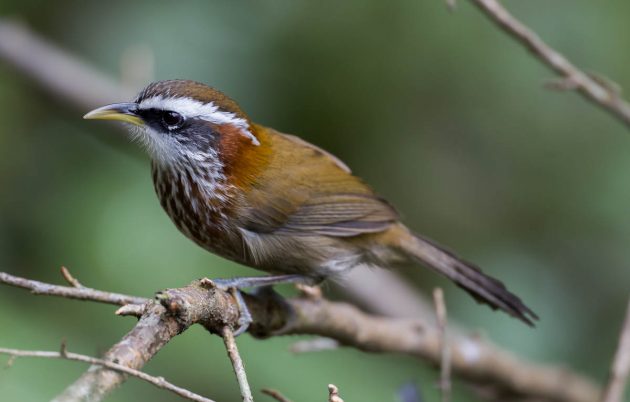
Unravelling mitochondrial capture of the Streak?breasted Scimitar Babbler (Pomatorhinus ruficollis) by the Taiwan Scimitar Babbler (Pomatorhinus musicus)
Novel insights into the historical biogeography of the streak–breasted scimitar babbler complex (Aves: Timaliidae: Pomatorhinus ruficollis complex)
Untangling taxonomic confusion and diversification patterns of the Streak–breasted Scimitar Babblers (Timaliidae: Pomatorhinus ruficollis complex) in southern Asia
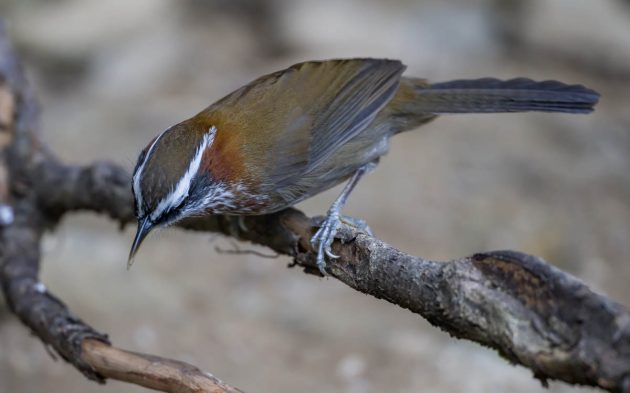
The White Wagtail was described by the hide owner as a Cai Niao, a “vegetable bird” – a strange but common expression of Chinese bird photographers to point out that a bird is very ordinary and not worth a photo. Well, that does not apply to me.
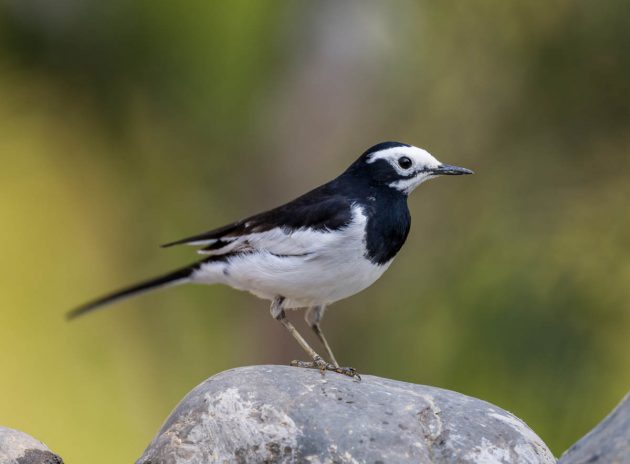
Finally, I will use the example of the Yellow-cheeked Tit to illustrate the difference in bird descriptions between eBird, Wikipedia, and the HBW (first few words of each entry only).
HBW: “Medium-sized to large size tit with erect black crest and eyestripe and yellow cheeks”
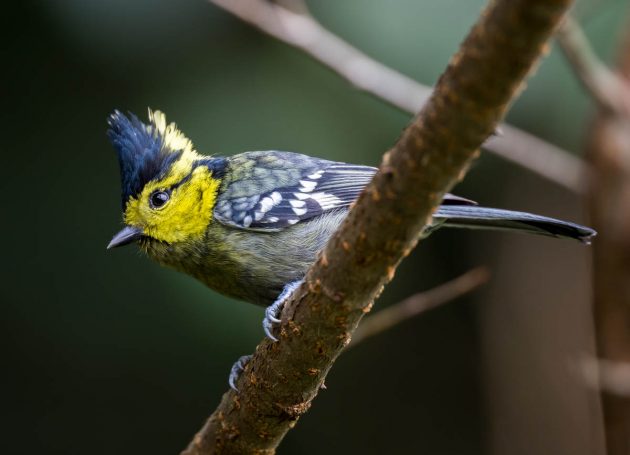
Wikipedia: “The yellow-cheeked tit (Machlolophus spilonotus) is a species of bird in the family Paridae”
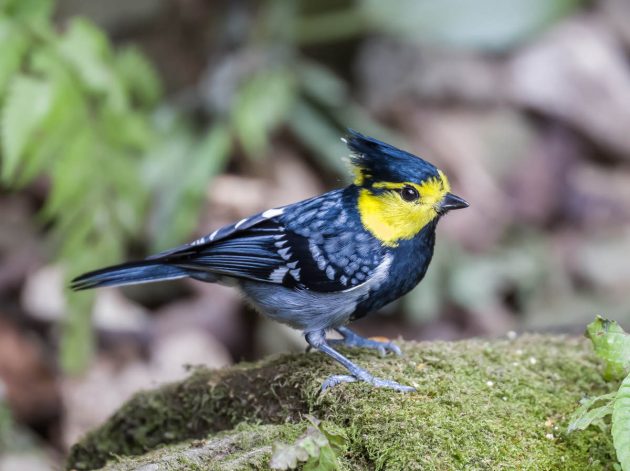
eBird: “This dashing medium-sized tit can be found in broadleaf and mixed hill forests”
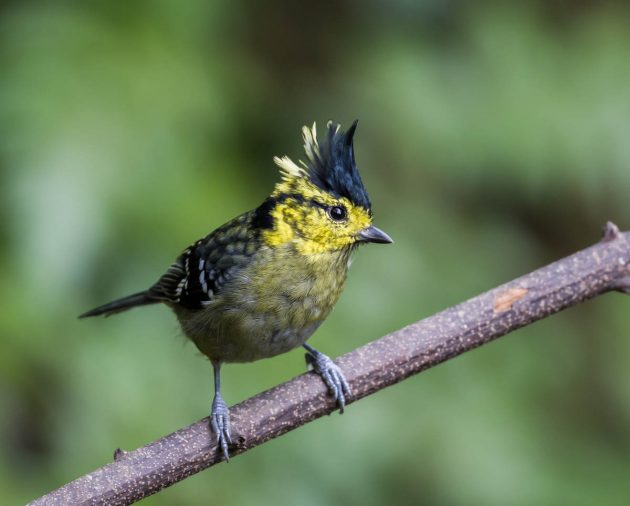
My money is on eBird – yes, this means anthropomorphizing, but I think that is better than assuming that birds are just soulless matter.
As always, when watching birds, there is a risk of encountering animals that are much more closely related to Donald Trump than the feathered creatures targeted. In Nongang, these Trump relatives included the ones below.
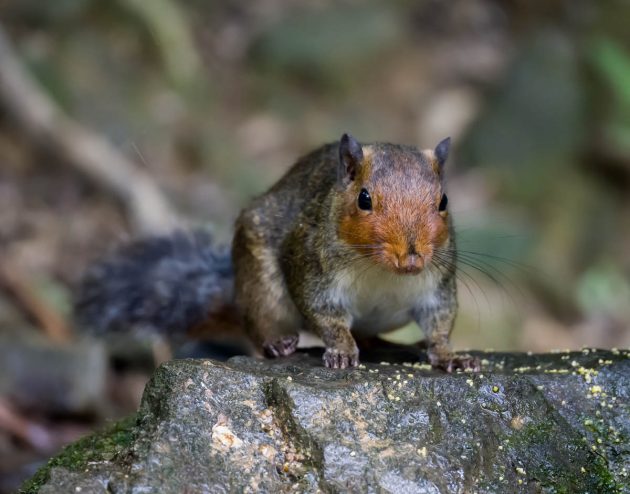
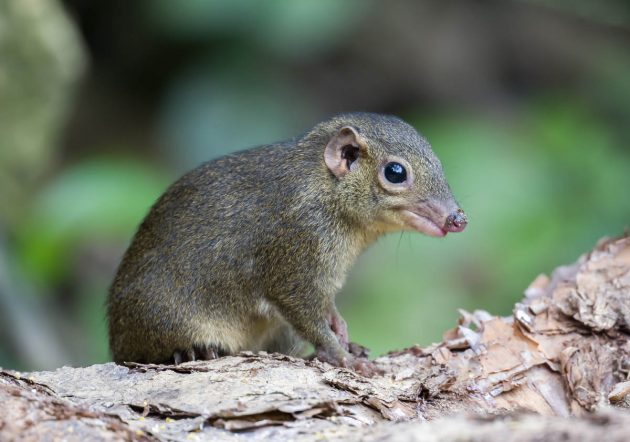
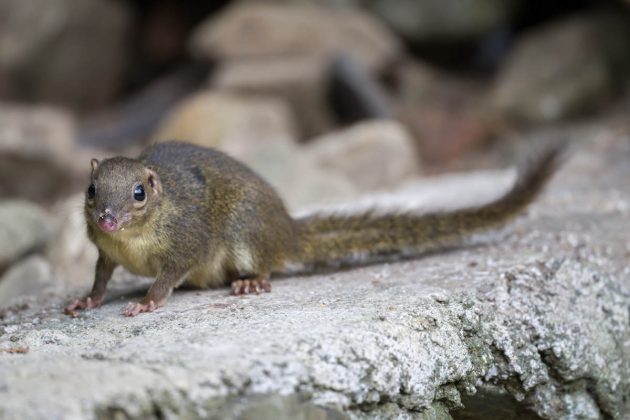
With this, I left Napo for Nonggang, Covid test still negative.













Stay safe, Kai!
And as for Trump relatives, well, I would probably choose other members of the rodent order, instead of squirrels.